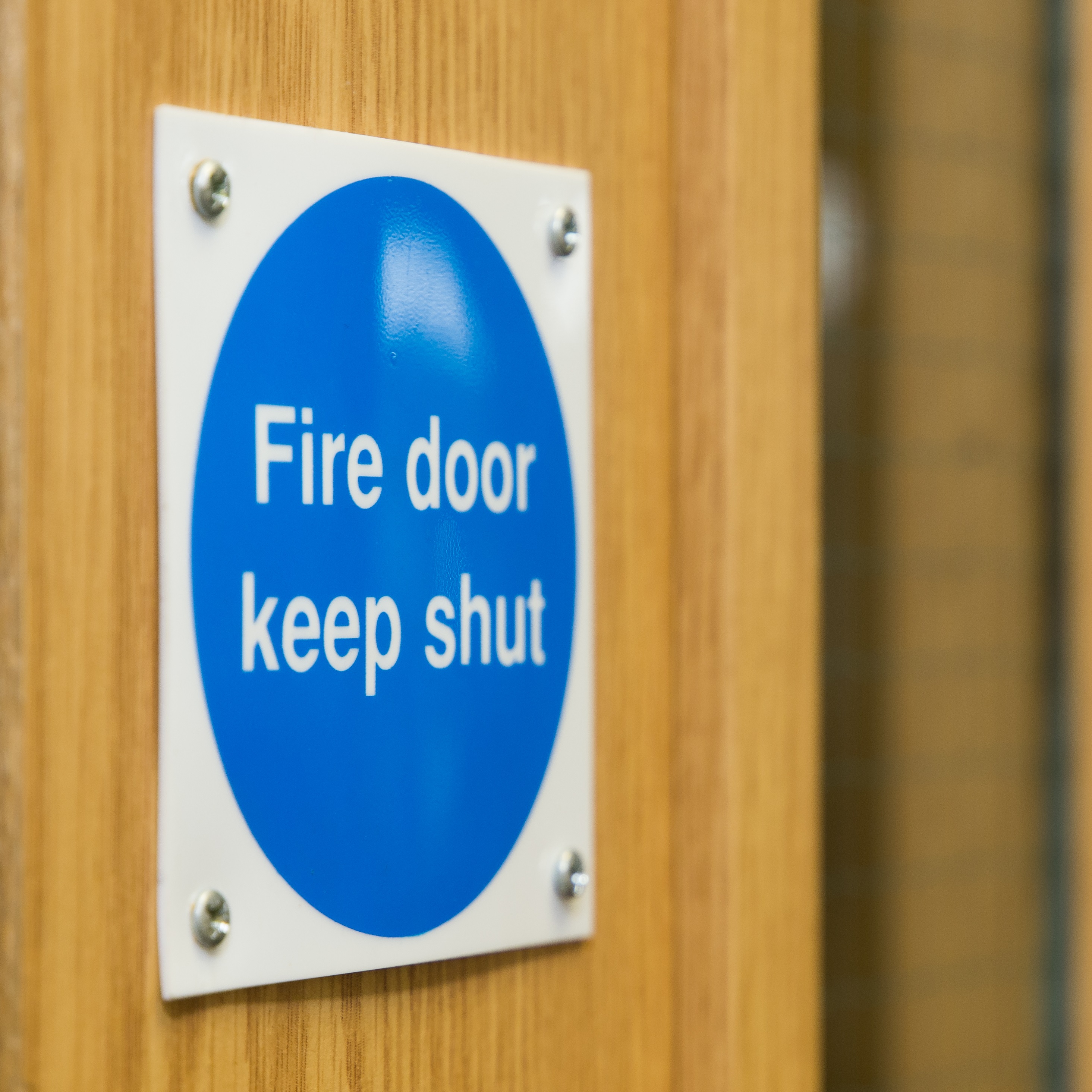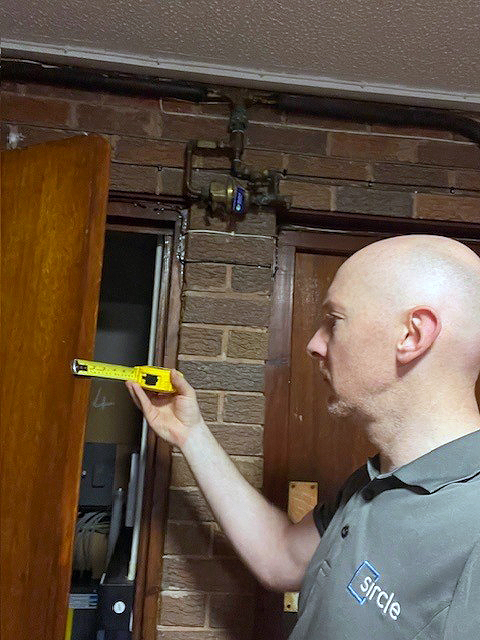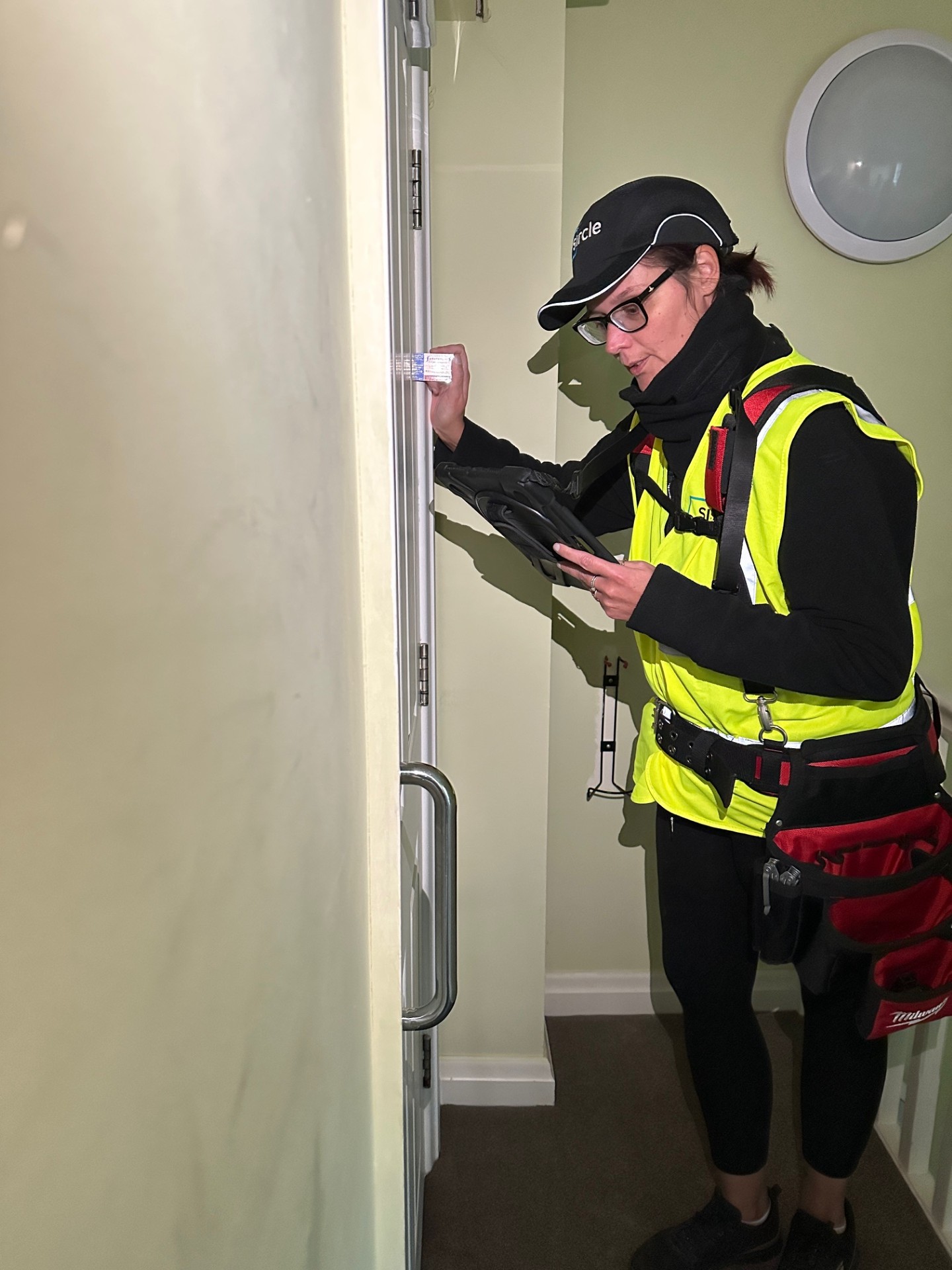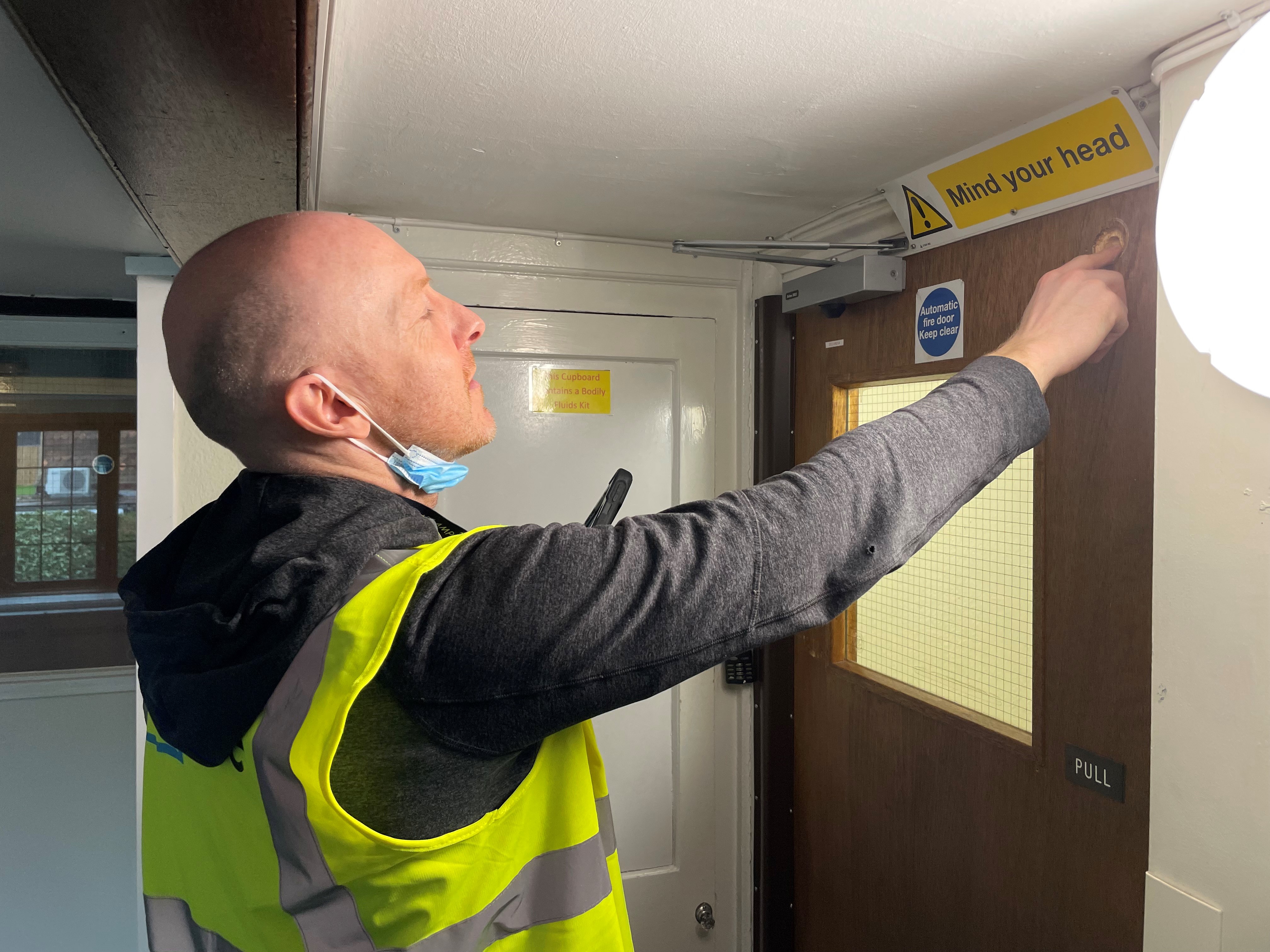
Why a fire door isn’t just a door
Scott Lewis discusses the important role fire doors play in a client’s fire strategy

Fire doors are a vital part of passive fire protection, designed to prevent the spread of fire and smoke through a building. As intentional openings in compartment walls, they are typically required to provide either the same or half of the fire resistance, as the structure they are in, depending on the premises type.
Far more than standard doors, fire doors are precision-engineered safety components. When properly installed and maintained, they help protect lives and preserve escape routes during a fire.
Due to frequent use and building activity, fire doors can become worn or damaged over time. Regular inspection and maintenance by competent people is essential to ensure compliance and performance. Routine surveys should be a priority for any responsible person overseeing fire safety.

Not all fire door surveys are the same. That’s why Sircle offers flexible levels of inspection—from light-touch surveys for meeting Regulation 10 duties to detailed assessments against manufacturer guidelines or fire test data.
Using customisable survey software, we adapt to your project needs, ensuring accurate, consistent reporting to support compliance. As an independent provider with no ties to remedial works, our advice is always impartial. Where appropriate, we support retaining functional, non-certified doors—focusing on performance, not unnecessary replacement.
Examples of our surveyors carrying out fire door surveys.

A Sircle Fire Safety Surveyor conducting a fire door survey at a residential block of flats.

A Sircle Fire Safety Surveyor carrying out a fire door survey at a social housing complex.

See the case study for more information on this project.
